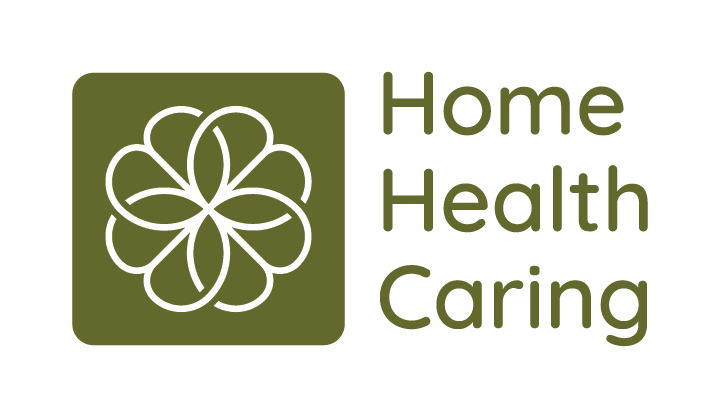
Is your Employer Supportive of your Caregiving Responsibilities?
by Madhavi Koli
Introduction
According to the Rosalynn Carter Institute for Caregivers white paper Invisible Overtime, nearly 20% of American employees are also family caregivers, providing approximately 20 hours of care per week. These responsibilities directly impact the US workforce’s productivity. Per AARP’s 2020 Caregiving in the US report, 15% employees went from full-time to part time and 53% left early or came in late to work due to caregiving responsibilities. 11% have retired or quit early. The annualized productivity loss is estimated at $5,281 per caregiver employee. As hiring paid caregivers is becoming increasingly unaffordable for average American families, these numbers will continue to escalate. According to a recent Boston Consulting Group report, the US could lose an estimated $290 billion a year if employees have to prioritize between working and caregiving.
Supporting Caregiving as part of Employee Benefits
Supporting your employees in their caregiving responsibilities is economical and drives employee morale and engagement. The total cost of employee attrition coupled with hiring, onboarding, and training a new workforce, far outweighs the cost of including care support in employee benefits packages. The Society for Human Resources Management (SHRM) has an Employer Toolkit that provides actionable tips to support employee caregiving responsibilities.
The Federal Family and Medical Leave Act (FMLA) requires employers by law to offer employees leave for seriously ill family members. However, FMLA guarantees only 12 weeks of unpaid job protection and the definition of a family member is restricted to spouses, children, and parents. Dependent Care Assistance Plans (DCAPs) allow employees to set aside up to $5,000 tax-free dollars for qualified elder care per calendar year.
Nearly 75% of companies offer a form of Employee Assistance Programs (EAPs). For companies with more than 5,000 employees, that rate is more than 97%. More common benefits include flexible work schedules, paid sick and caregiving leave, and subsidized caregiving services. EAPs tend to focus primarily on employees for their mental and emotional well-being, alcohol and substance abuse, stress, grief, family problems, and other behavioral health concerns. However, eldercare support is largely limited to educational and referral services. About 7% of employers offer respite care that provides short-term relief for primary caregivers.
Several large and medium businesses have started partnering with paid service providers like Care.com to offer subsidized services to employees, including 24/7 access to care specialists and discounted backup care. However, less than 7% employees utilize these EAP programs due to navigational difficulties, hesitation in sharing personal information, and lack of program awareness.
Building Empathy
The most common challenges that caregiving employees face are:
- Physical fatigue, emotional stress, and risk of burnout
- Lack of time for self-care
- Difficulty with scheduling medical appointments during work hours
- Dealing with caregiving emergencies at work
Employers need to craft comprehensive benefits that can address and alleviate the physical, emotional, and the financial toll of employee’s caregiving responsibilities as well as create a positive culture of empathy and sensitivity. Best practices for employers, advocated by experts in the field include:
- Removing caregiving stigma: Encouraging leaders to share their own elder care stories can be effective, letting employees know that they are encouraged to talk about their challenges
- Sensitivity training for managers: Coaching managers to identify signs of caregiving stress including tardiness and distraction and outlining ways to show empathy, interest, and engagement
- Access to local community resources: Sharing local resources with employees and inviting EAP administrators to educate them on available benefits
- Communication modalities: Establishing no meeting days and balancing the use of in-person, synchronous, and asynchronous communications will automatically increase employee workday flexibility.
- Emphasize deliverables over presenteeism: Building a culture to focus on results and deliverables instead of logged office hours. Identifying and offering roles that do not have physical or time constraints as a temporary option for caregiving employees.
Employee Responsibilities: Create your own support village!
If you are a former or current family caregiver, become an advocate! To quote Mahatma Gandhi, “Be the change you want to see!”
- Join, create, and lead employee resource groups in your organization and help create awareness. Educate your peers, build empathy, and drive culture change with positive messaging as sharing your personal caregiving experiences can be very impactful
- Collaborate with your human resources to identify innovative solutions that can provide tangible benefits within your teams. For example, helping negotiate corporate rates and subsidize tools and wireless emergency response services for patient safety and monitoring or discounting medical rideshares and grocery deliveries
- Make peers aware of company benefits already in place and how to access them. Organize experts to educate all employees on complex topics such as medicare, medicaid, and veterans coverage, healthcare emergency loans, advance directives, and medical power of attorney
- Organize a community of employee volunteers who can help with groceries and meal deliveries, transportation for medical appointments, and short term respite care to help your co-workers
Finally, elder care, just like child care, is as much a societal issue as it is a personal and family concern. Rising out of pocket costs coupled with caregivers’ physical and emotional burnout are taxing the already overburdened healthcare system. All constituents, including employers, employees, policy makers, family caregivers, volunteers, and community resource groups need to engage in crafting sustainable, scalable, and cost effective caregiving solutions.
References
- SHRM Report on Employee Benefits to Support Caregivers
- SHRM toolkit for Employers
- Benefit News article
- Financial and Workplace Security
- CNBC– Employers Benefits to keep Employees on the Job
- Grayce Mission
- AARP Caregiving Resource Center , AARP Caregiving Tools
- LinkedIn article
- Boston Consulting Group article
- Benefits Pro article

